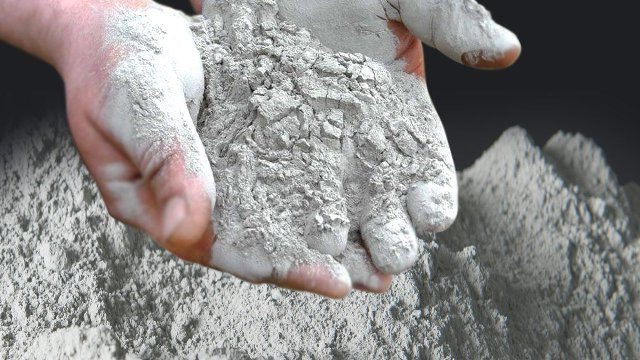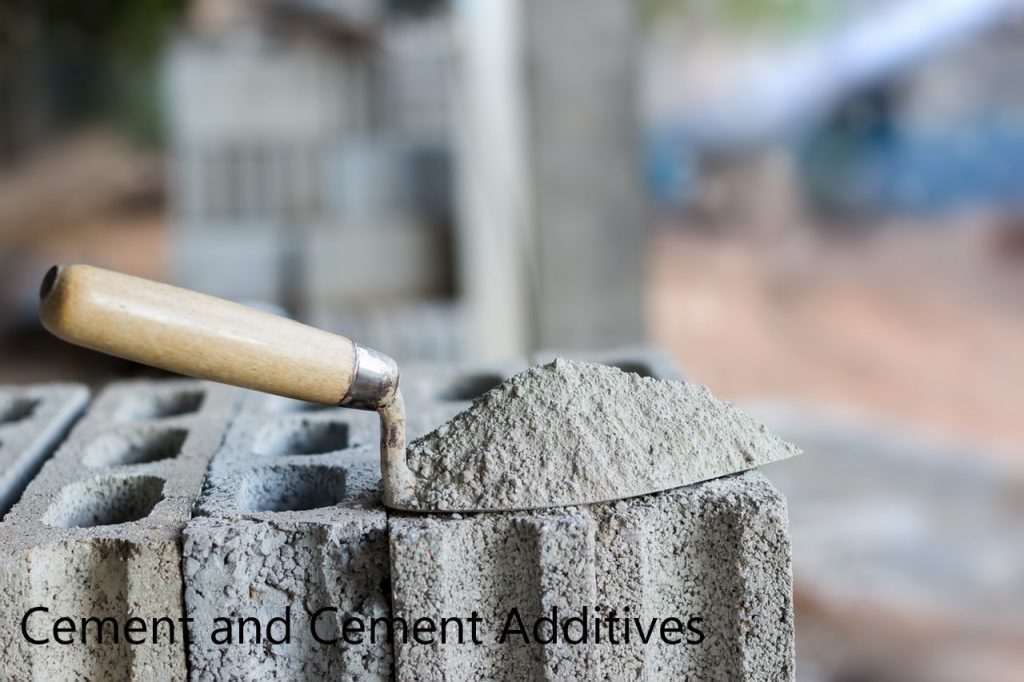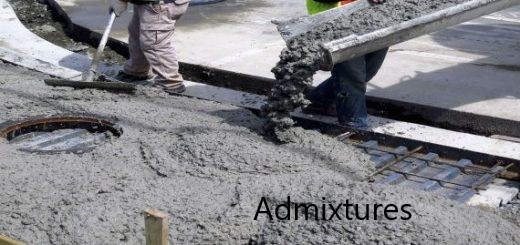Civil engineering projects require effective and efficient materials that provide longevity and enhanced performance in a variety of conditions. Rapid hardening cement is a relatively new device that can improve safety and quality in construction projects. This article will explore the advantages of rapid hardening cement and discuss the benefits it can bring to civil engineering projects.
What is Rapid Hardening Cement
As the name implies, rapid setting cement is a type of cement that reduce the setting time of the concrete. It gives early strength when compared to other types of cement. This cement is used for special purposes, and we do not use it for every application.
There are limitations to the rapid hardening of concrete. Due to the shortening of the hydration period, the time taken to release the hydration heat is also lesser. This could lead to an increase in the maximum temperature of the concrete. Therefore, we used these types of cement when and as required.
Chemical Composition
The variation of the ingredient of the rapid setting cement could consider as follows.
| Ingredient | Percentage |
| Tricalcium Silicate (C3S) | 60% |
| Dicalcium Silicate (C2S) | 15% |
| Tricalcium Aluminate (C3A) | 10% |
| Tetracalcium Alumioferrite (C4AF) | 8% |
The percentages indicate that would change and could be considered approximate values.

Properties of Rapid Hardening Cement
Rapid setting cement is used for special purposes and is not used for general purposes.
- Quick strength gain. It develops strength earlier than ordinary Portland cement (OPC).
- The initial setting time is 30 minutes and the final setting time is 600 minutes
- High heat of hydration as it shortens the initial hydration process.
- The specific surface area is higher than the OPC. It would be greater than 3250 cm2/gm.
- Rapid setting cement has a short curing period.
- It is lighter than the OPC.
Applications
- Can be used for construction in cold weather. Strength can be gained quickly before the temperature of the concrete reduces. Further, reduction in the concrete affects the hydration process.
- In road, pavement, highways, etc. construction, this cement can be used in the event we need to gain strength early. So that the particular area can be released for service.
- Can be used when it is required to remove the formwork early.
- Rapid hardening cement can be used in precast construction where there are repetitive element constructions are done. Early strength gain would allow us to use those elements early.
Advantages of Rapid Hardening Cement
- Early strength
- Shorter curing period
- Resistance to sulfate attacks
- Useful for construction of areas to be released quickly for use.
- Cost construction would also be reduced with the completion of construction within a shorter period of time.
One of the main advantages of rapid setting cement is its increased speed of setting. This can be extremely beneficial in construction projects where time is of the essence. Rapid setting cement can also improve the quality of construction projects by providing a stronger and more durable finished product. In addition, rapid hardening cement is more resistant to weathering and other environmental factors, making it an ideal choice for outdoor construction projects.
Overall, rapid hardening cement is a versatile and effective material that can bring many benefits to civil engineering projects. Its increased speed of setting and improved quality can save time and money, while its increased durability can ensure a longer lifespan for construction projects.


